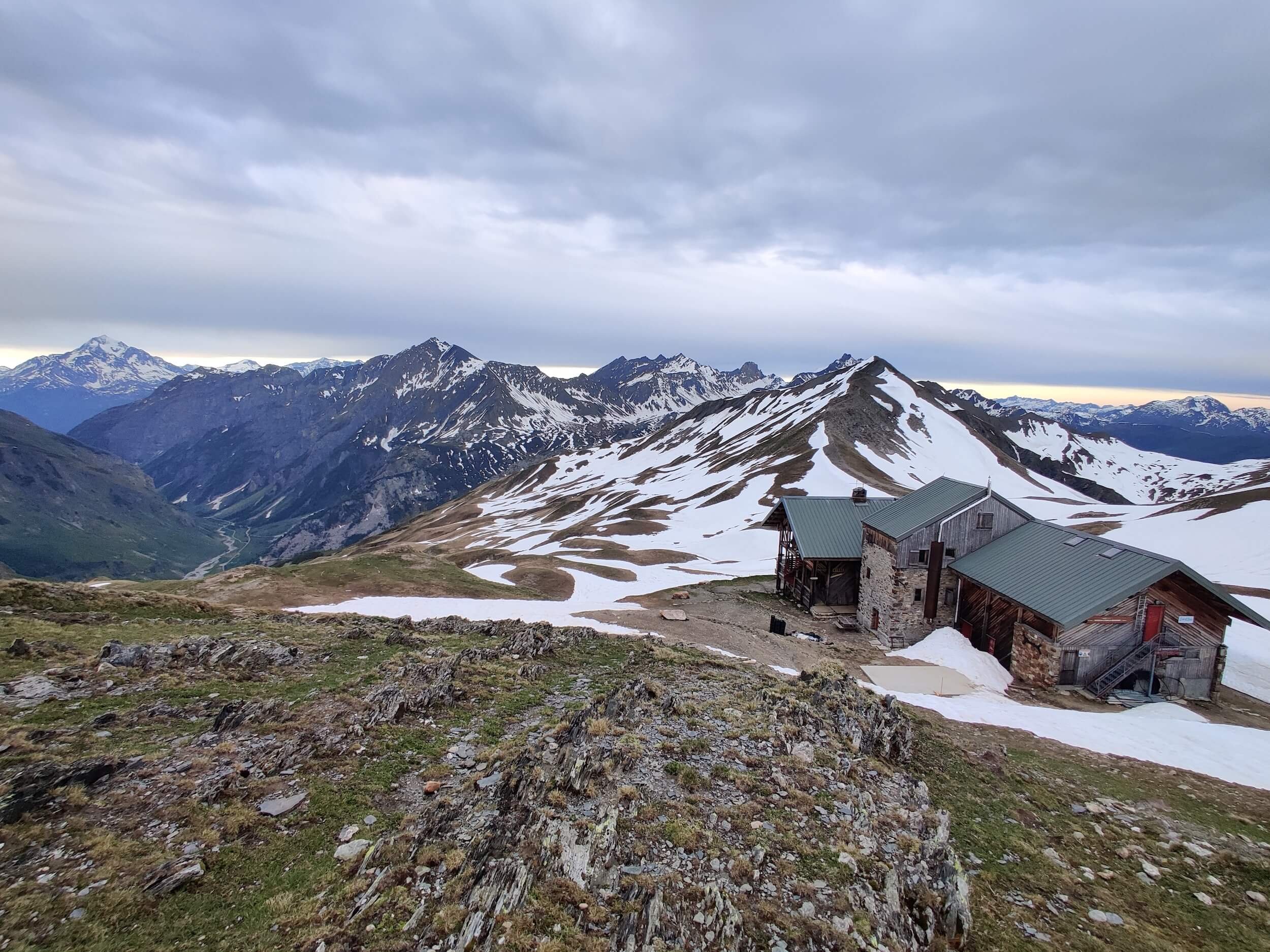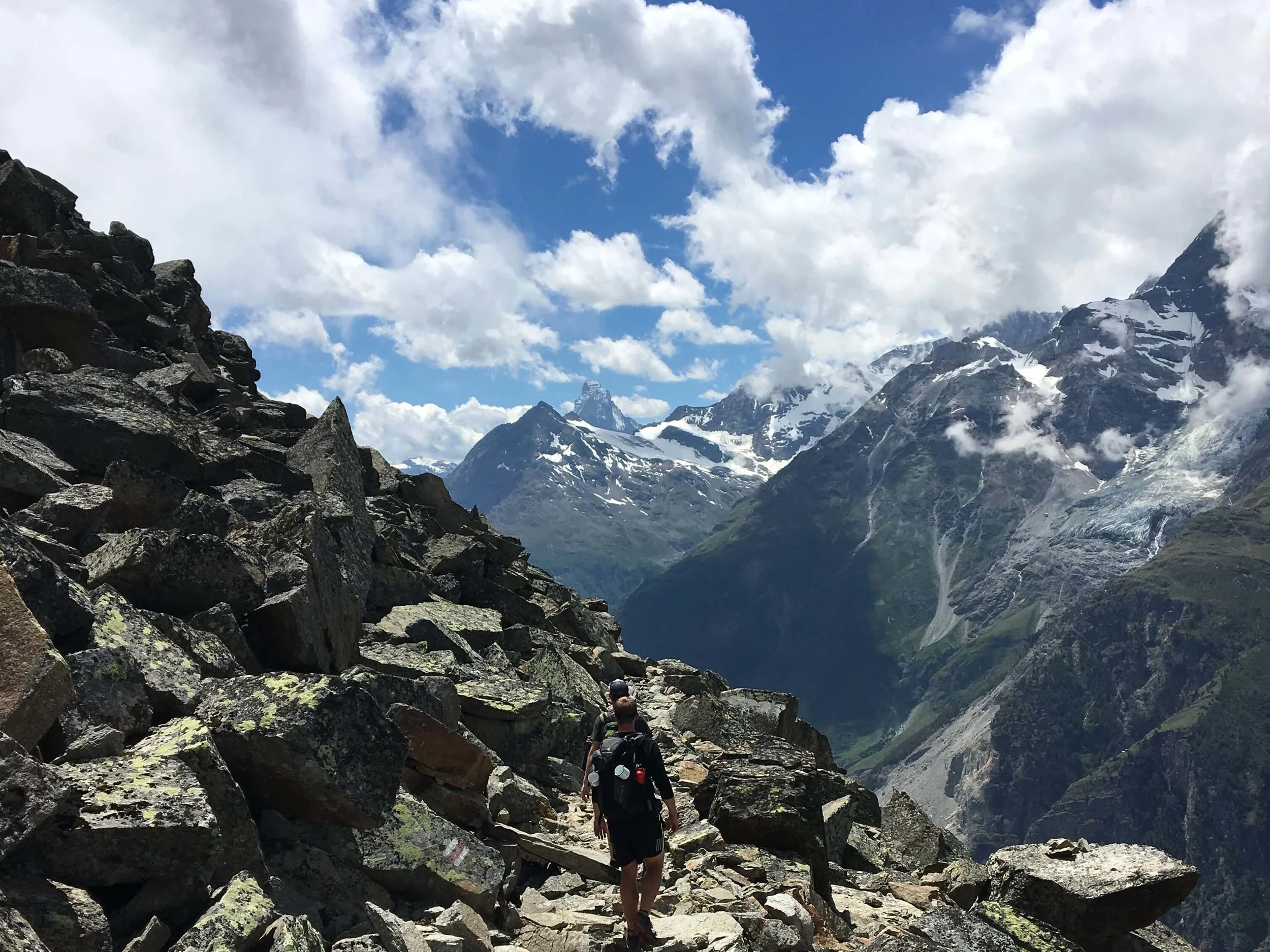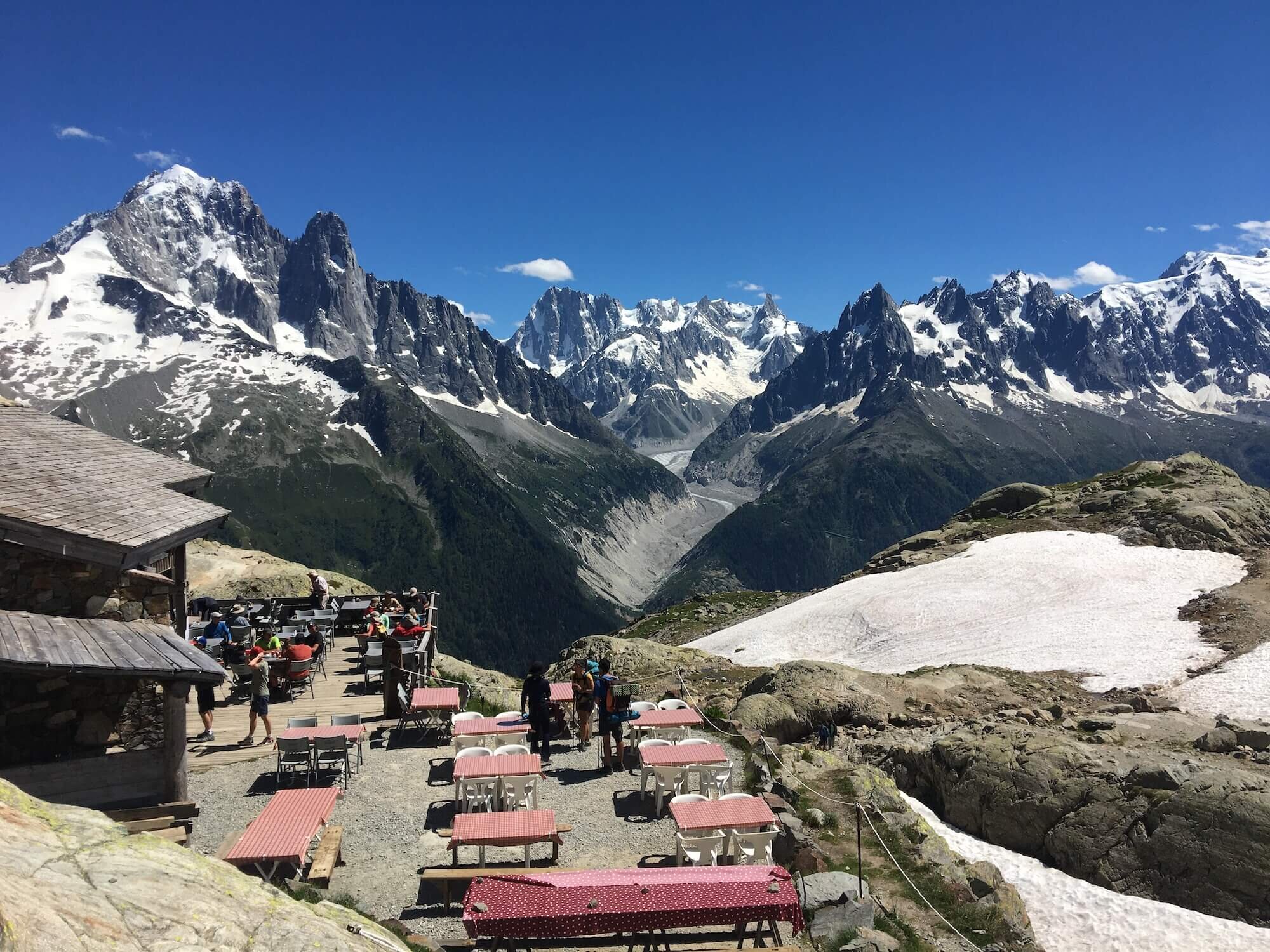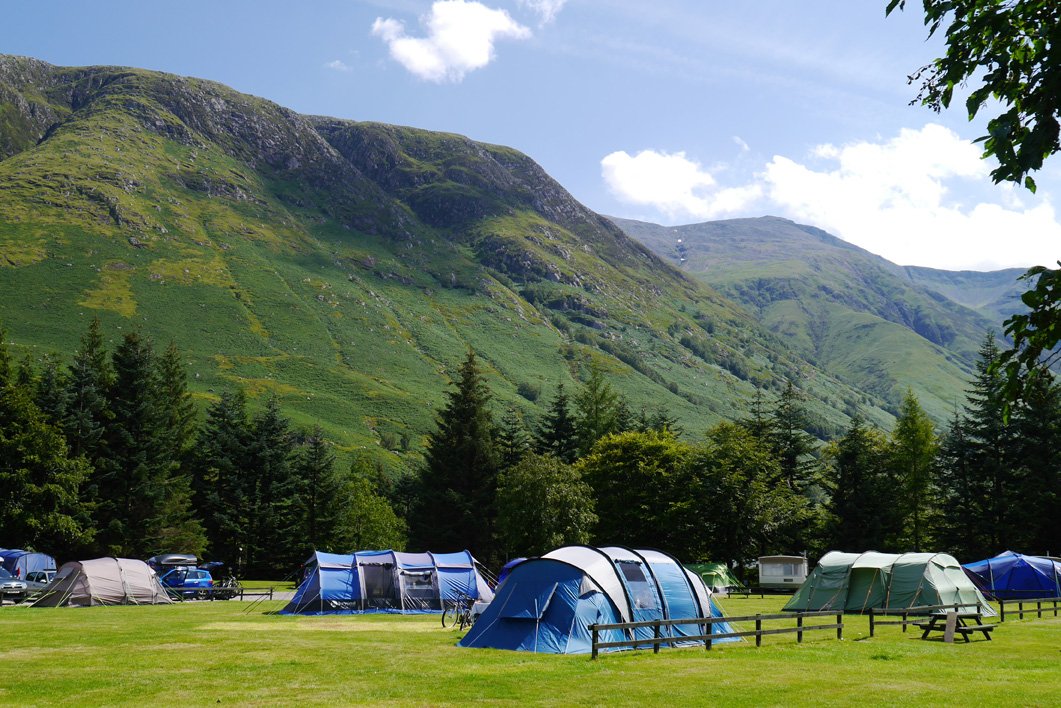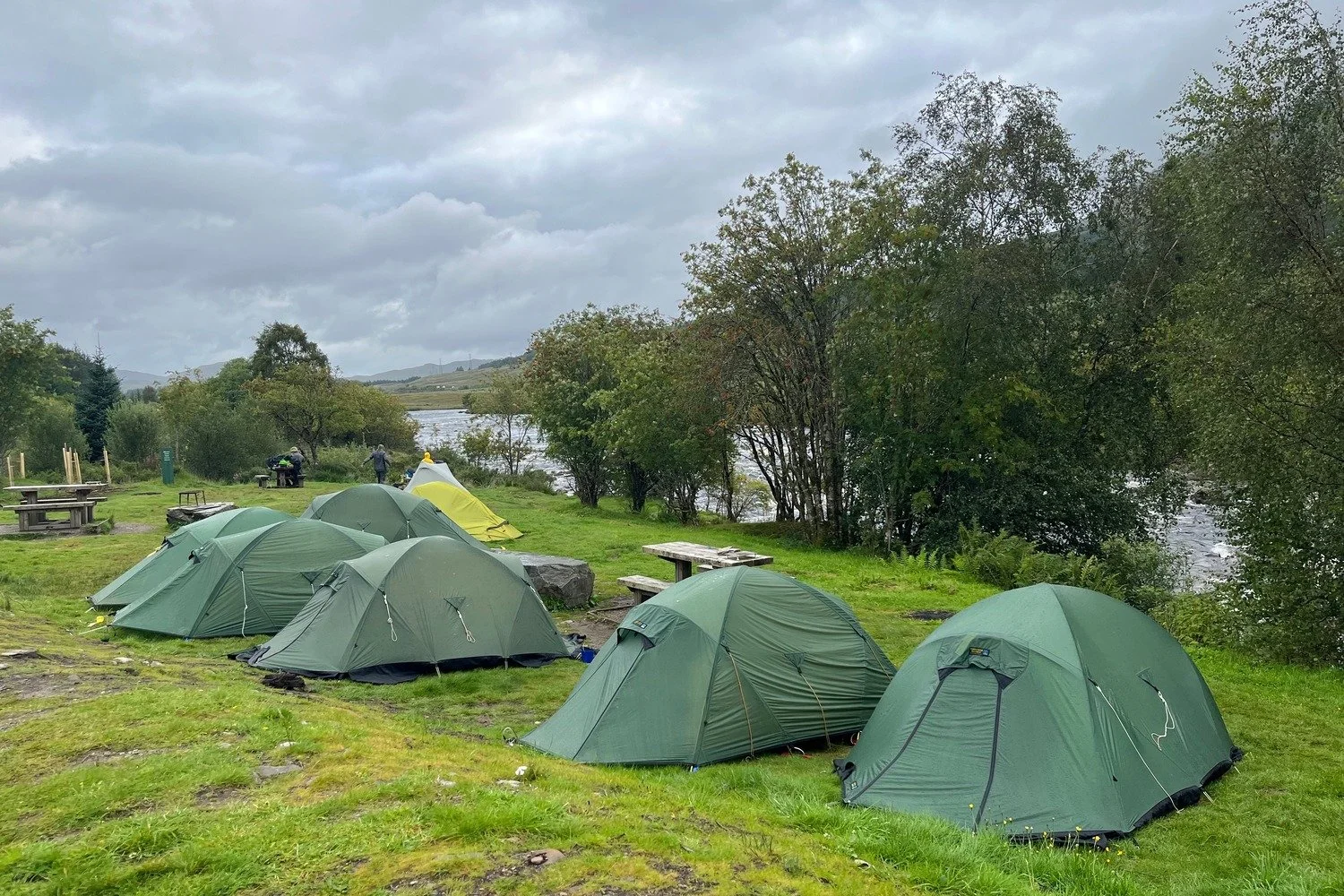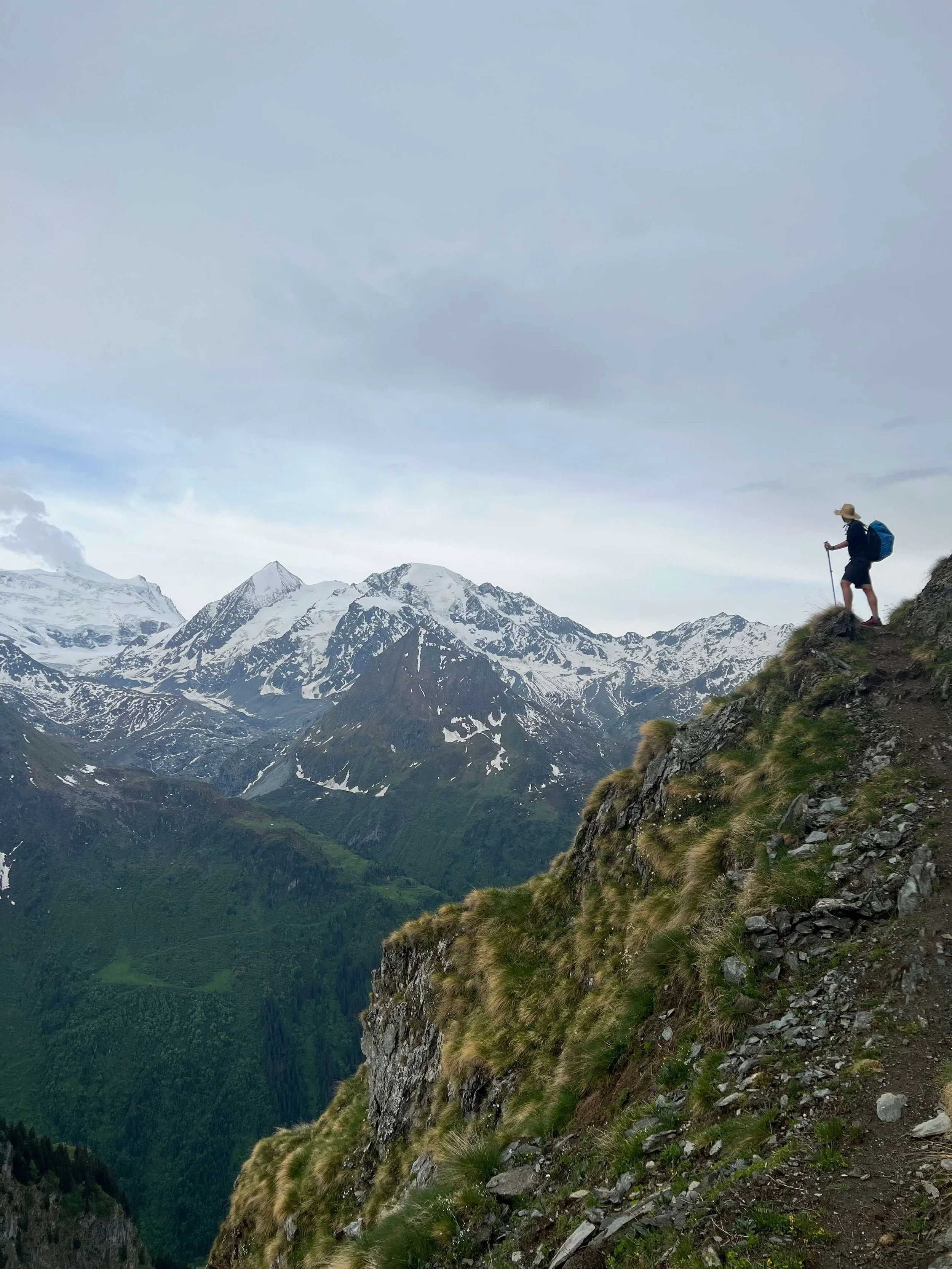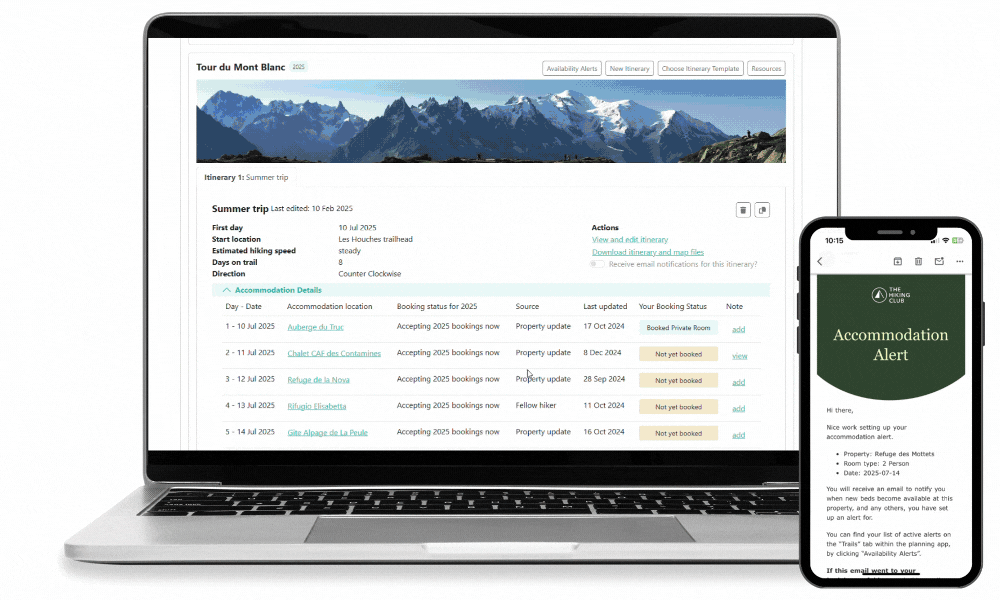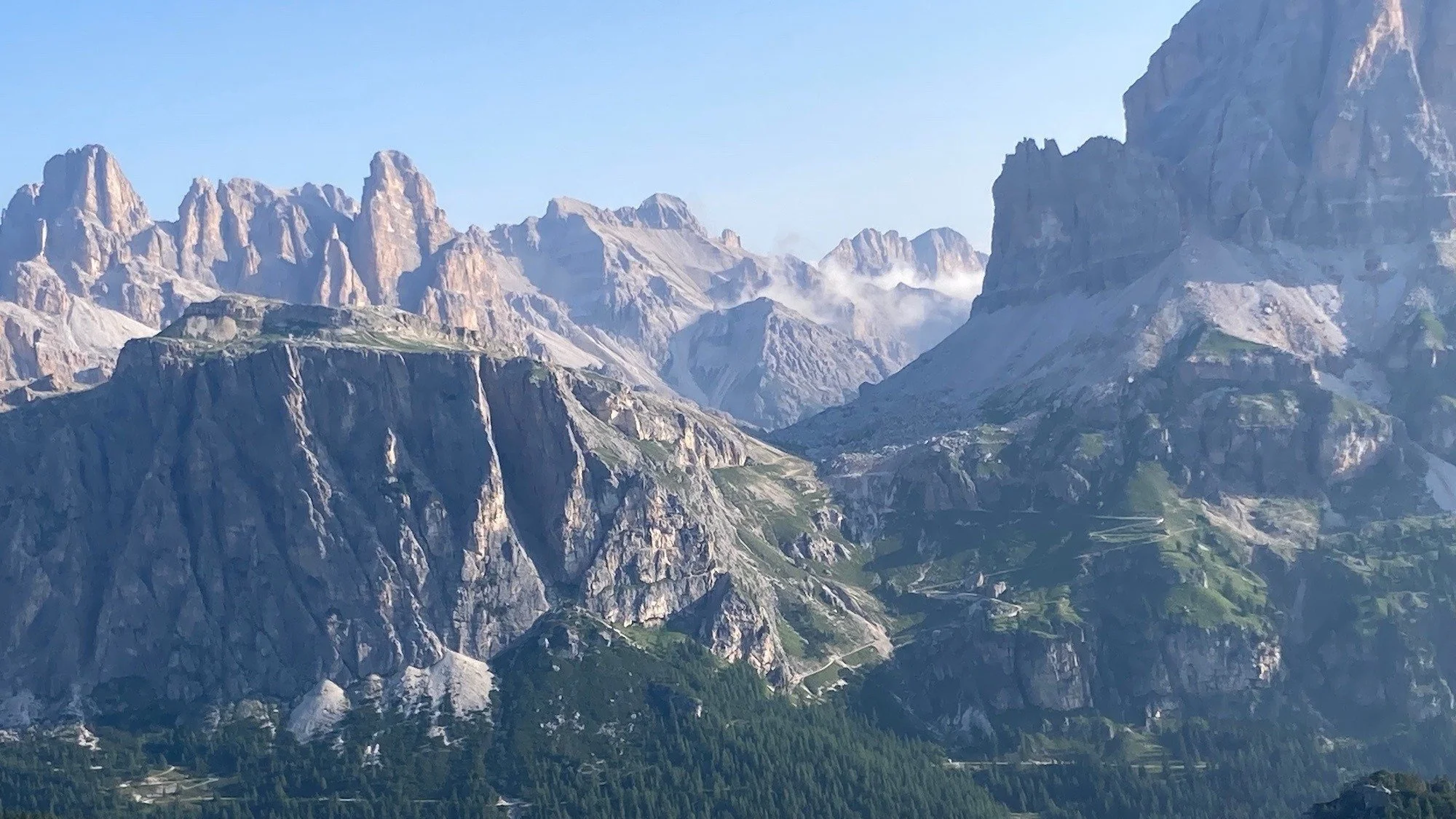There are several parking options for those hiking the West Highland Way, whether you plan to park at the starting point (Milngavie), near key sections of the trail, or at the end point (Fort William).
Here’s an overview of the parking facilities and considerations along the West Highland Way:
1. Milngavie (Start of the West Highland Way)
Milngavie Station Car Park:
The main car park at Milngavie Train Station is a popular place for hikers to park at the start of the West Highland Way.
Cost: The station car park is free. Arrival early to secure a space.
Duration: The car park is suitable for long-term parking (i.e., for the duration of your hike), but check the specific parking regulations.
Town Center Car Parks:
There are also other public car parks in the Milngavie town center, offering free or low-cost parking for short to medium-term use.
Check signage to ensure you’re in the correct type of parking for longer stays.
2. Along the Trail (Key Parking Areas)
For hikers starting from one location but wishing to park and hike from different points, there are parking options available at several popular locations along the West Highland Way:
Drymen:
Drymen Car Park: Located near the village center, it's a pay-and-display car park suitable for short-term parking.
Cost: Approximately £2 to £5 per day.
Balmaha:
Balmaha Car Park: This car park, located at the shores of Loch Lomond, is a popular starting or stopping point.
Cost: Around £3 to £5 per day, depending on the time of year and duration of stay.
Tyndrum:
Tyndrum Car Park: Available for hikers wishing to start or stop at Tyndrum, which is located roughly halfway along the trail.
Cost: Typically £3 to £6 for overnight parking.
Bridge of Orchy:
There are a couple of small car parks in Bridge of Orchy, though they can fill up quickly during peak seasons.
Cost: Usually low cost, around £3 to £5 per day.
Kinlochleven:
Kinlochleven Car Park: A car park located near the village, ideal for hikers wanting to leave their car before heading into the more remote parts of the West Highland Way.
Cost: Approximate fees of £3 to £5 per day.
3. Fort William (End of the West Highland Way)
Fort William Station Car Park:
There is a car park at Fort William Train Station, where you can park at the end of your hike.
Cost: It's a pay-and-display car park, with rates typically around £2 to £5 per day.
Long-term Parking:
There are also long-term parking facilities around Fort William, including public car parks near the town center. If you are planning to leave your vehicle for the full duration of the hike, ensure you are in a long-term parking area to avoid fines.
4. General Parking Considerations
Free Parking: Free parking may be available at some more remote locations, especially in small villages or near public amenities, but always check the signage as parking regulations can change.
Overnight Parking: Many car parks along the trail offer overnight parking, but be sure to confirm this in advance, especially during busy periods, as parking spots may be limited.
Pay-and-Display: Most parking areas along the West Highland Way, especially near towns, are pay-and-display. Always carry coins or ensure you can pay via mobile payment apps, as some areas may not accept card payments.
Parking at Trailheads: For those wanting to leave a car at a trailhead and use public transport to reach the start of their hike, parking at key trailheads (e.g., Milngavie, Tyndrum, Kinlochleven) is available, but booking in advance is recommended during peak season.
5. Alternative: Park and Ride or Shuttle Services
Some hikers prefer to use a park and ride or shuttle service to drop off their car at a trailhead and then take public transport (train or bus) back to the start point. This can be a convenient option for avoiding the need to park for an extended period at the start or end points.
Summary
There are multiple parking options along the West Highland Way, especially at Milngavie, Fort William, and several key towns and villages along the route. Most of these are pay-and-display, with costs ranging from £2 to £6 per day. Some car parks are suitable for long-term parking while you hike, but it’s important to check for any specific overnight parking restrictions or regulations. For added convenience, you can also consider using a shuttle service or taxi for one-way journeys.
